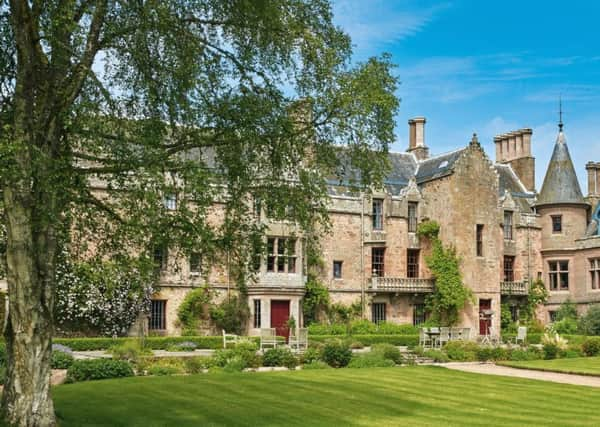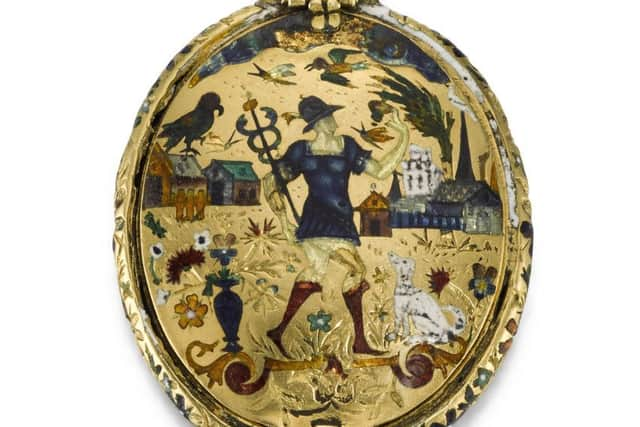Sale of Fettercairn House treasure shines light on past glory


But now the collection displayed by successive generations at their ancestral home in Aberdeenshire is set to be broken up.
More than 400 works of art and other artefacts drawn from Fettercairn House are about to come under the hammer in London.
Advertisement
Hide AdAdvertisement
Hide AdThe auction has been announced by Sotheby’s less than a year after the sale of the sprawling Mearns property had its ancestral links severed for the first time since the late 18th century.


The “encyclopedic array” revolves around two leading figures of the Scottish Enlightenment and a marriage which left one of Scotland’s most celebrated writers broken-hearted.
The sale also reveals the wealthy family’s little-known links to the Jacobite figurehead Bonnie Prince Charlie, the Prime Minister William Pitt, the poet James Beattie, and the writers Samuel Johnson and James Boswell.
At least £1.2 million is expected to be generated by the sale, which spans the 16th century to the present day, and is expected to attract the interest of museums and galleries. The sale of rare paintings, furniture, books, jewellery and personal possessions includes work by the artists John Robert Cozens, Sir Henry Raeburn, Sir Thomas Lawrence and Allan Ramsay.
The sale includes a 16th century jewel said to bear a remarkable resemblance to the famous Darnley Jewel, normally on display in Holyrood Palace in Edinburgh. The previously unknown “Fettercairn Jewel,” which was discovered in a closet off the library, is set to fetch up to £50,000.


Other highlights include a steel broadsword belonging to one of the most famous Forbes descendants, Alexander, who took part in the Jacobite Risings of 1715 and 1745.
Much of the family’s wealth was thanks to the eminent banker Sir William Forbes, whose father died when he was just four.
Advertisement
Hide AdAdvertisement
Hide AdWell-connected friends of his mother, Christian, helped him secure an apprenticeship with the banker John Coutts, whose firm he later took over before forming his own company with two partners, Robert Herries and James Hunter.
Forbes rose to become one of Scotland’s leading authorities on finance and a trusted adviser to William Pitt the Younger after being introduced by Henry Dundas, the leading lawyer and Lord Advocate, who was later to become the last British politician to be impeached.
Forbes was a key player in Enlightenment-era Edinburgh, moving his family into one of the first townhouses on George Street, playing a key role in organisations like the Royal Society of Edinburgh and the Merchant Company of Edinburgh, and helping to create a hospital for orphans and a blind asylum.
Although Forbes acquired the Pitsligo estate in Aberdeenshire in 1781, thanks to his ancestral roots in the area, his family were not connected with Fettercairn House until his son, also William, fell in love with Williamina Belsches and married her in 1797 after a brief courtship.
She was the sole heir to the property, which had been bought by her grandmother.
But their union was to cause heartbreak for Sir Walter Scott, the writer, a friend of her fiance’s father, who lost her to the younger and wealthier suitor.
Sotheby’s director David Macdonald said: “The Forbes family have always been extremely private, but in the late 18th and early 19th centuries they were one of Edinburgh’s first families.
Advertisement
Hide AdAdvertisement
Hide Ad“They seemed to have a hand in just about everything that was going on. Fettercairn was a sort of romantic place and a refuge. The lives and loves of the family, their academic interests and passions were reflected in the objects they acquired and treasured.
“Now these carefully displayed, stored or locked away heirlooms come to light to be shared and discovered.”